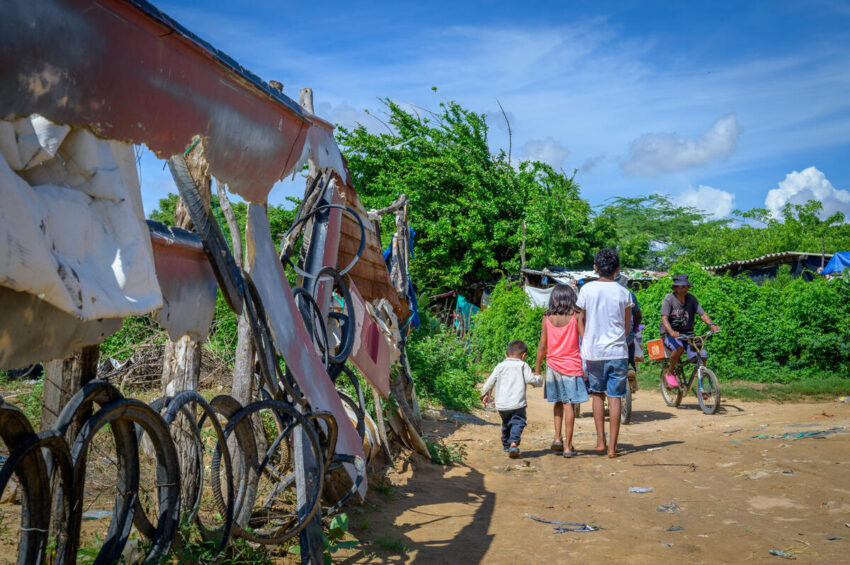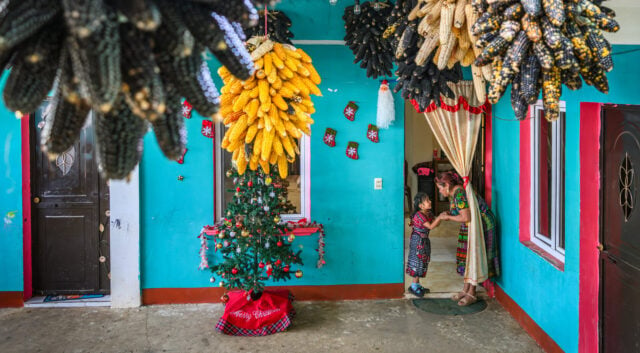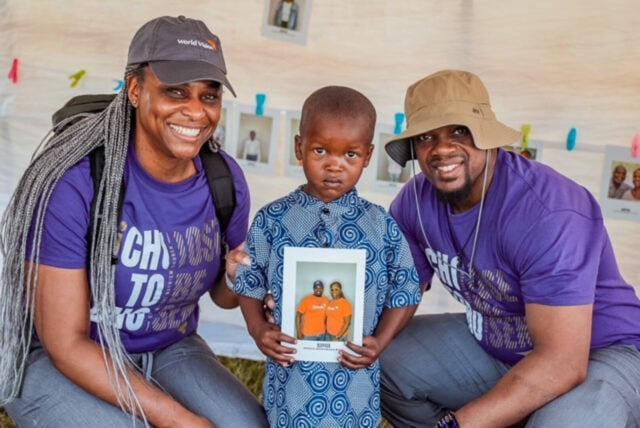Poverty is one of the most urgent challenges of our time. According to the World Bank, nearly 700 million people live in extreme poverty, surviving on less than $3.00 per day. Conflicts and extreme weather events are creating setbacks to meeting the United Nations’ Sustainable Development Goal of eliminating poverty in all its forms by 2030.
Despite these challenges, World Vision believes we can still make meaningful progress toward ending extreme poverty globally, even in unstable and hard-to-reach places. To that end, we partner with communities around the world to identify and target root causes and implement sustainable solutions, working to empower them in the process.
Our work is motivated by the conviction that God desires all people to experience life in all its fullness (John 10:10). Ultimately, we believe that poverty is both physical and spiritual. It’s rooted in broken relationships with God, self, others, and the rest of creation. The cycle of poverty ends when these relationships are restored.
Global poverty: Facts, FAQs, and how to help end it
- Fast facts: Global poverty
- What is poverty?
- What is extreme poverty?
- What is multidimensional poverty?
- How is poverty measured?
- What is a poverty line?
- Is the poverty line the same in every country?
- What are the causes of poverty worldwide?
- What is the cycle of poverty?
- How can we break the cycle of extreme poverty?
- How have recent events impacted global efforts to reduce poverty?
- How is World Vision helping end extreme poverty?
- How can I help end extreme poverty?
Fast facts: Global poverty
- The majority of the world’s extreme poor live in sub-Saharan Africa, followed by South Asia.
- Sub-Saharan Africa has the highest rate of children living in extreme poverty, reaching 40% in 2022.
- Nearly 90% of children living in extreme poverty reside in either sub-Saharan Africa or South Asia.
- As of 2023, the poverty rate in the United States was 11.1%, with approximately 36.8 million people living in poverty.
- Approximately 63% of people over 15 who live in low-income countries are literate.
- 1.1 billion people, including 566 million children, live in multidimensional poverty, accounting for just over 18% of the world’s population.
- The COVID-19 pandemic pushed an additional 70 million people into extreme poverty, marking the largest one-year increase in decades.
Learn what the Bible says about poverty.
What is poverty?
Poverty is a condition of deprivation characterized by a lack of access to essential resources and necessities required for a healthy and dignified life. Historically, poverty has been defined based on a person’s income and how much they can buy (monetary poverty). However, poverty can also be assessed using multidimensional measures that consider holistic factors impacting people’s quality of life.
Improper nutrition resulting from poverty can cause stunting and wasting, permanently impacting children’s development. Lack of access to clean water and sanitation in impoverished regions can lead to the spread of preventable diseases and unnecessary deaths, especially among children.
And children living in poverty often face obstacles to accessing quality education, which can perpetuate the cycle of poverty from one generation to the next.
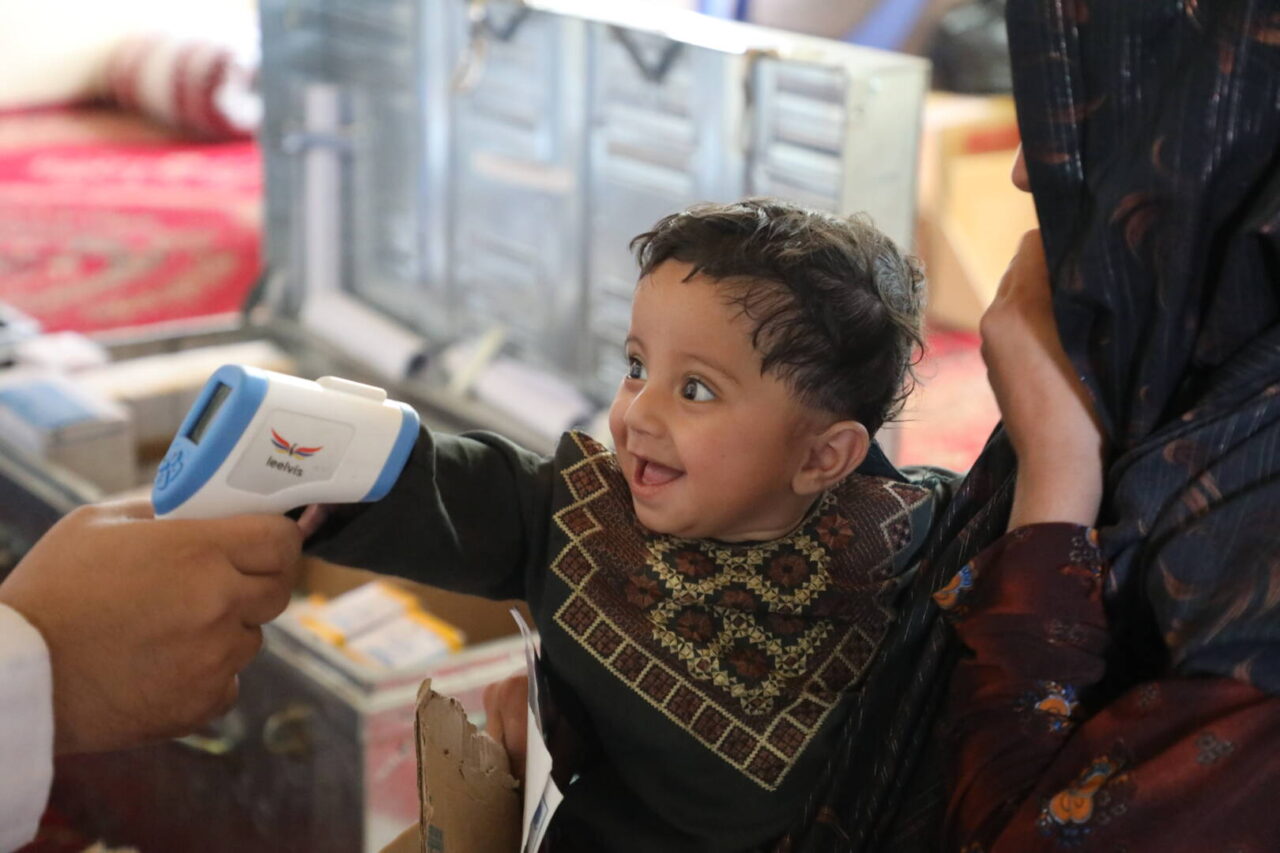
What is extreme poverty?
Extreme poverty is the most severe form of poverty, involving the acute deprivation of basic human needs. People living in extreme poverty are sometimes defined as destitute. But at World Vision, we see the children and families we work with as made in God’s image, with unlimited potential.
What is multidimensional poverty?
Multidimensional poverty refers to a broader understanding of poverty that goes beyond income. It considers various factors such as access to education, healthcare, clean water, and sanitation.
The Global Multidimensional Poverty Index, developed in 2010 by the U.N. Development Programme and the Oxford Poverty and Human Development Initiative, offers a comprehensive framework for assessing poverty. This index evaluates people across 10 key indicators, including nutrition, child mortality, years of schooling, school attendance, cooking fuel, sanitation, drinking water, electricity, housing, and assets. If a person lacks access to three or more of these standards, they’re identified as multidimensionally poor. The index offers insights into specific interventions needed to address poverty effectively in each country.
How is poverty measured?
Poverty is measured by each country’s government, which gathers data through household surveys of its population. While entities like the World Bank may provide support and conduct their own surveys, the primary responsibility lies with each country. However, traditional data collection methods can be slow and time-consuming. To overcome this, high-frequency surveys are using estimates and mobile phone technology to quickly gather data and provide insights.
What is a poverty line?
A poverty line, also called a poverty threshold, is a set income level below which it becomes difficult, if not impossible, for people to afford essentials like food and shelter. Each country determines its poverty line by calculating the cost of meeting minimum needs. Households with incomes below this line are considered to be living in poverty.
The international poverty line serves as a standard for measuring extreme global poverty and has been updated in recent years to $3.00 a day to reflect the rising cost of necessities and adjust for inflation. Since 1990, it has increased from $1 to $3.00, reflecting the rising cost of living.
Is the poverty line the same in every country?
No, countries calculate their poverty lines based on their unique economic and social circumstances.
For example, the poverty line in America is determined based on data from the U.S. Census Bureau and is updated using the Consumer Price Index to reflect recent price changes. As of 2024, the poverty line stands at $31,200 (annual income) for a family of four, and $15,060 for one person.
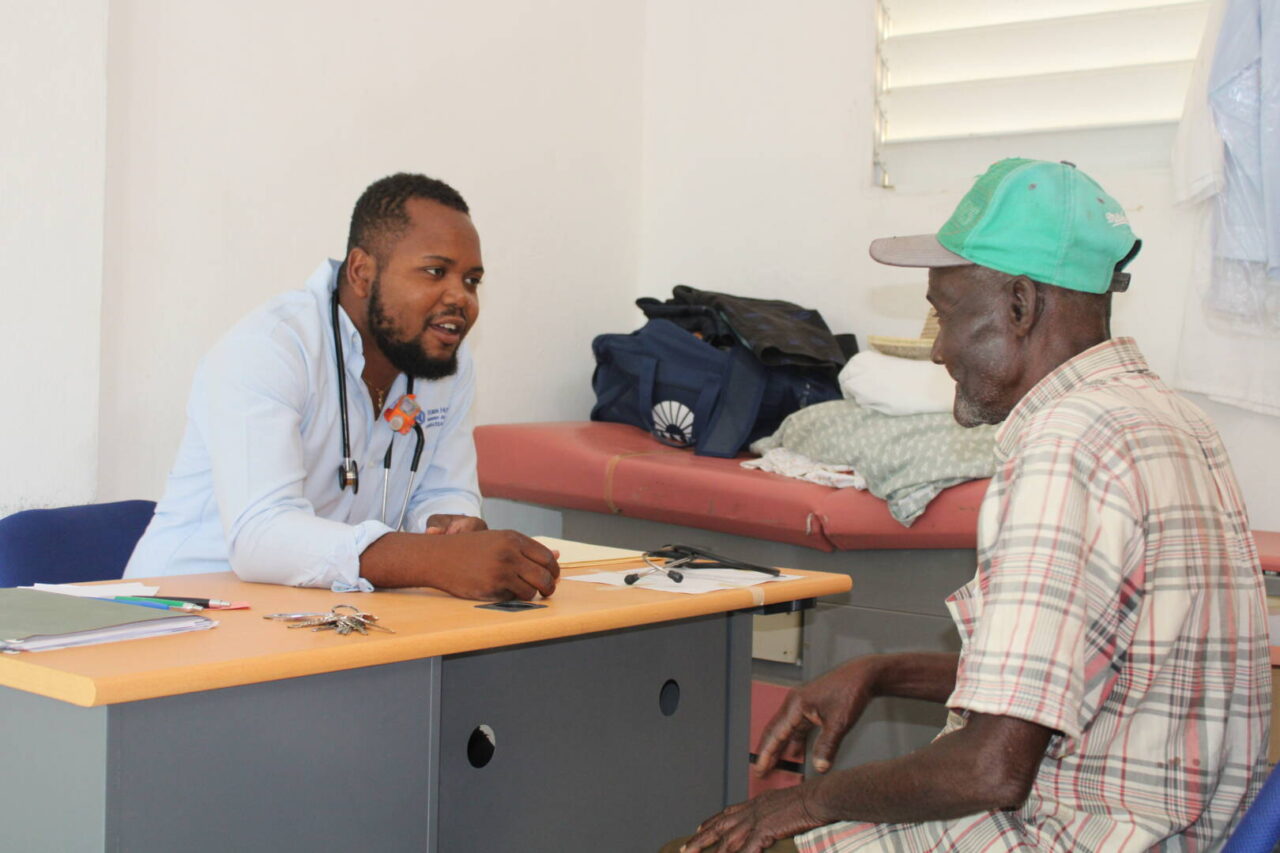
What are the causes of poverty worldwide?
Poverty has multiple root causes beyond just a lack of necessities like food, shelter, education, or healthcare. Discrimination based on gender or ethnicity, poor governance, conflict, exploitation, and domestic violence are all factors that contribute. These inequities trap people and communities in poverty, and limit access to social services that could help people overcome it.
Poverty tends to be most entrenched in fragile contexts, which are regions or entire countries where political instability, past or present conflicts, corrupt leaders, and poor infrastructure limit access to the basic resources people need to thrive.
What is the cycle of poverty?
Poverty can be difficult to escape because it is cyclical. Without access to essentials like clean water, healthcare, education, and financial resources, people living in poverty have few opportunities to change their circumstances, creating a cycle that persists for generations.
When families lack the means to send their children to school, those children struggle to earn an income as adults, and therefore can have a hard time sending their children to school. In communities lacking access to clean water, women and girls are often forced to spend many hours each day gathering water, leaving little time for school or a livelihood, limiting their prospects for the future. In communities without nearby medical facilities, families lose income when parents take time off work due to their illness or to care for sick loved ones. Each aspect of poverty can impact the others, perpetuating the cycle indefinitely.
Natural disasters and conflict can exacerbate this cycle, putting vulnerable communities at greater risk. When these crises strike in areas without strong public institutions, families may lack the resources to recover, thus further entrenching them in poverty.
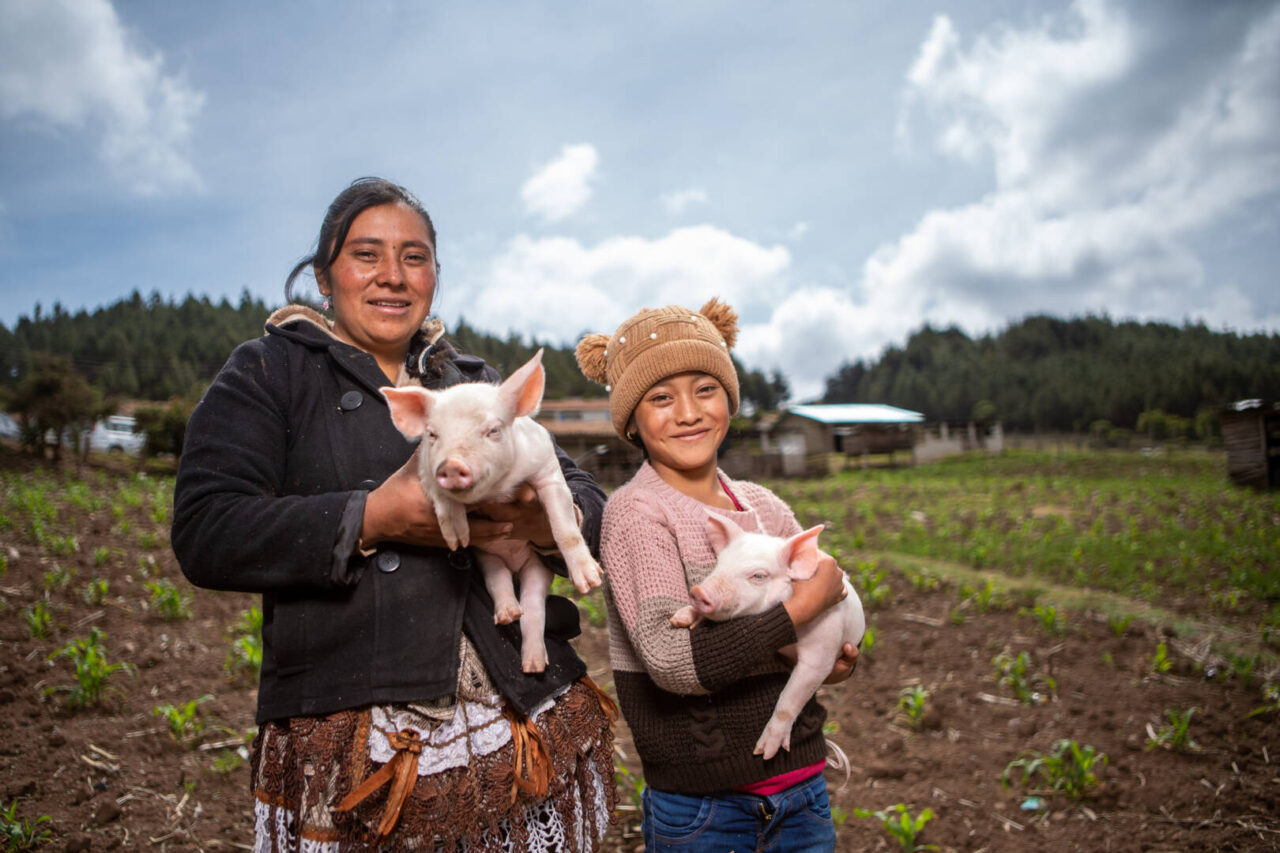
Read how pigs are helping transform a family’s future in Guatemala.
How can we break the cycle of extreme poverty?
To break the cycle of poverty, we need to tackle its root causes, including economic inequality; lack of access to education, healthcare, and infrastructure; and discrimination. Identifying what’s causing poverty in a particular community can equip people to determine what needs to change. Because it looks different in various places and is caused by different factors, the work to eradicate extreme poverty varies depending on the context.
When World Vision begins working in a community, our expert local staff partner with leaders and other members of the community to understand and help identify its unique needs and work together to develop sustainable solutions that address poverty’s root causes. This work is largely made possible through child sponsorship, which gives donors the opportunity to come alongside vulnerable children and their families, equipping them with pathways to education, access to healthcare, and other essentials. We also work with communities to build resilience and implement effective strategies for coping with economic shocks, climate crises, and other factors that drive poverty in the world’s toughest places.
How have recent events impacted efforts to reduce global poverty?
The COVID-19 pandemic represented a critical challenge to the goal of eliminating global poverty, pushing nearly 70 million more people into extreme poverty — the largest one-year increase since global poverty monitoring began in 1990, according to the World Bank. Since then, rising costs, new and ongoing conflicts, and climate shocks have all hindered progress in reducing extreme poverty. As of 2022, about 712 million people (8.79% of the global population) were living in extreme poverty. If current patterns persist, the U.N. has warned, “an estimated 7% of the global population — around 575 million people — could still find themselves trapped in extreme poverty by 2030, with a significant concentration in sub-Saharan Africa.”
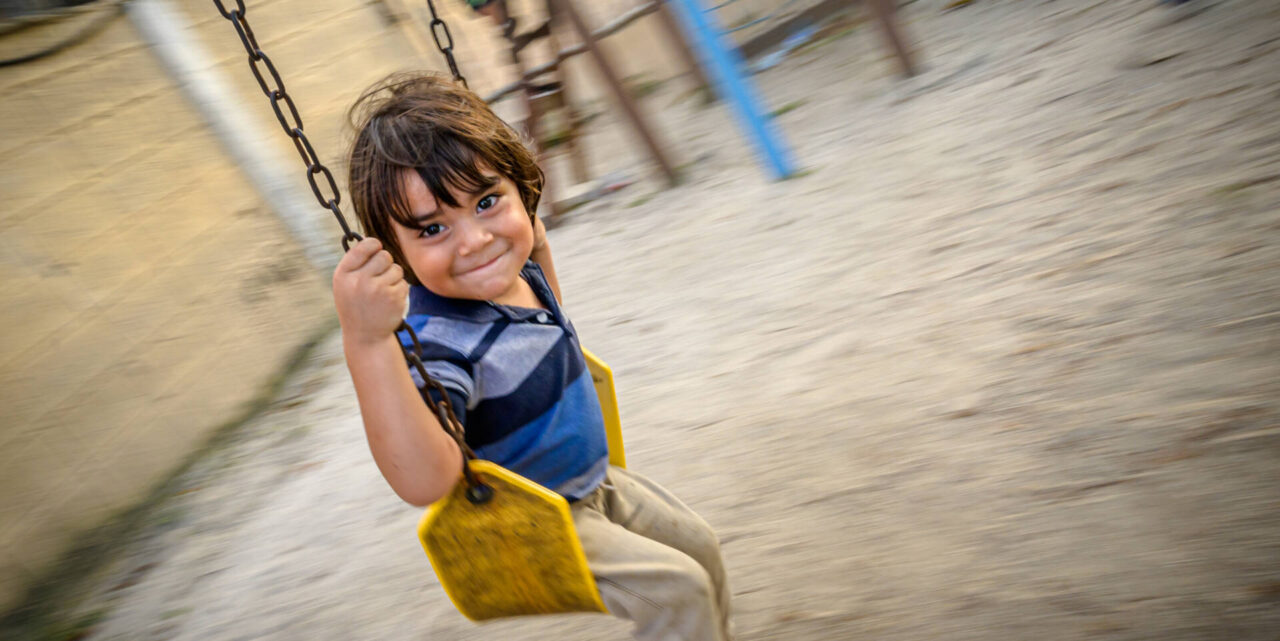
How is World Vision helping end global poverty?
World Vision works toward ending extreme poverty by addressing its root causes and implementing sustainable solutions. Recognizing the complex nature of poverty, we take a holistic approach, focusing on several key areas such as access to nutritious food, clean water, healthcare, quality education, economic empowerment, gender equality, disability inclusion, spiritual nurture, disaster relief, and child protection.
World Vision’s integrated community development model allows us to address the root causes of poverty and empower communities to create meaningful change. As a child-focused organization, we understand that children play a crucial role in their own futures, so we work to equip them, their families, and their communities with the tools they need to address poverty’s underlying causes and create lasting change.
As one of the world’s largest Christian humanitarian organizations, World Vision works closely with communities and partners to identify unique solutions for each context. We have 75 years of experience and a presence in nearly 100 countries. Most of our staff work in the regions where they’re from, contributing valuable local knowledge and helping to build trusting, long-term relationships.
Our work includes these main steps:
- Listen: We follow Jesus’ example of coming alongside people and communities and listening to their unique challenges and needs. We engage with children, families, churches, and community leaders to understand what they need to thrive and access basics like clean water, quality education, reliable food supply, healthcare, and economic opportunities.
- Develop: After listening to the community’s needs, we collaborate with them to develop action plans that target the root causes of poverty.
- Act: We help the community implement the plan by working with existing leaders and empowering new ones. We bring the community together to address the identified needs and revise plans until the community’s needs are met.
- Train: World Vision also trains community members, equipping people with the skills to manage and increase their resources sustainably.
- Transition: When the community has grown healthier, safer, and more resilient, we transition out, supporting them to take full ownership of their progress. This self-sustaining model leaves the community better equipped to handle emergencies and support the growth and thriving of children.
We also focus efforts on alleviating poverty in America by working in some of the nation’s most distressed and underserved communities. These are areas where poverty is high and opportunities are limited. Across the U.S., we aim to restore hope to vulnerable children and struggling families.
How can I help end extreme poverty?
- Pray: Join us in praying for the world’s most vulnerable people using our Matthew 25 prayer guides.
- Join Believers for World Change™: Donate monthly and join a community of change-makers who help equip vulnerable people to lift themselves out of extreme poverty.
- Sponsor a child: Show God’s love to a child and help equip them and their community with access to essentials such as clean water, healthcare, economic opportunity, and quality education.
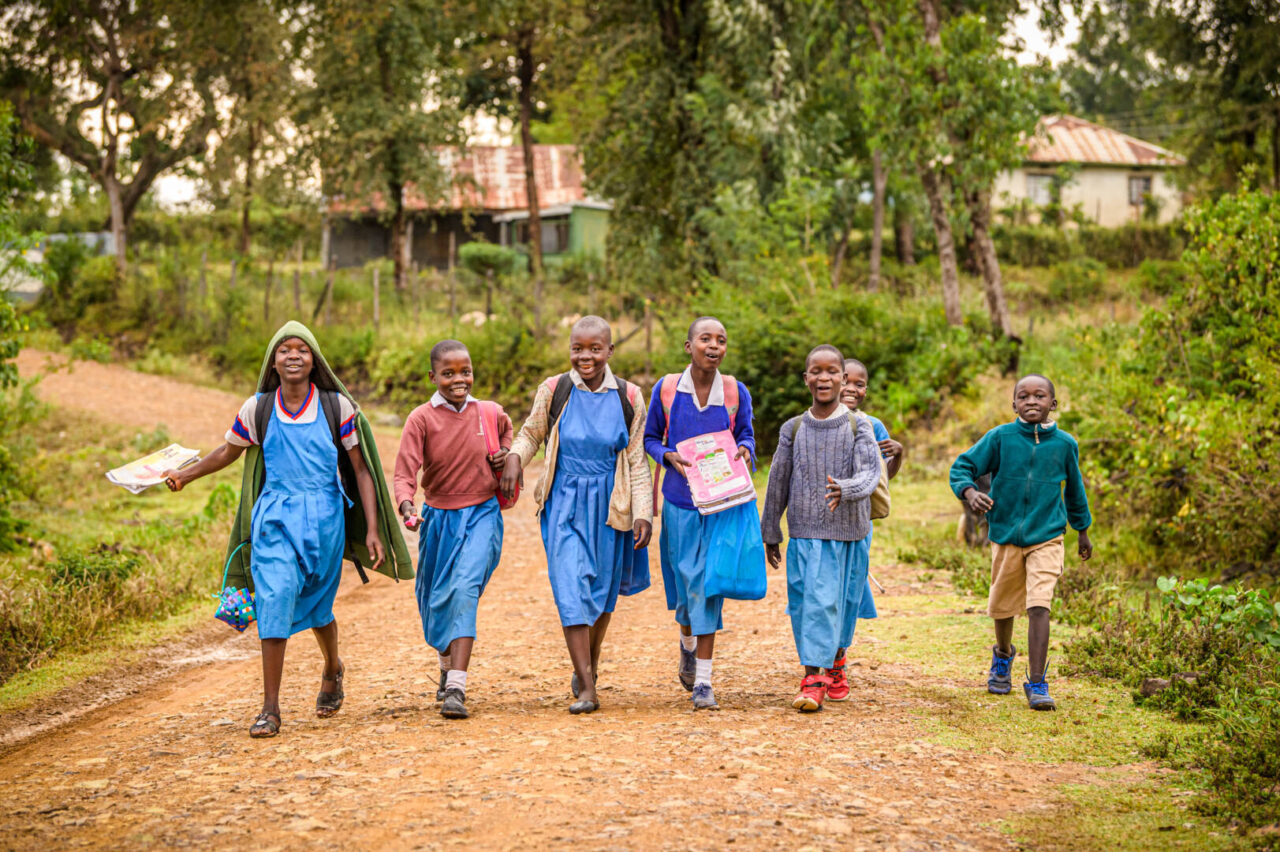
Beth Gallick and Sevil Omer of World Vision’s U.S. staff contributed to this article.
